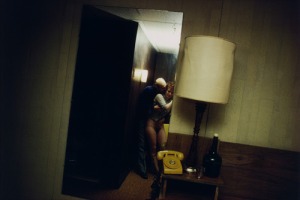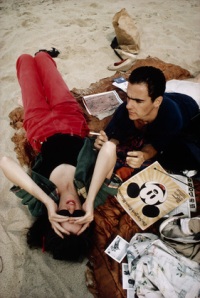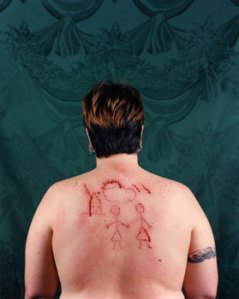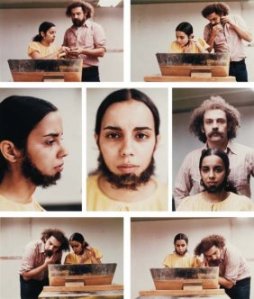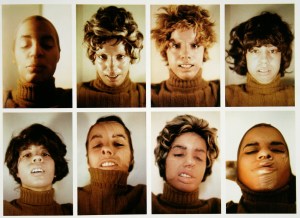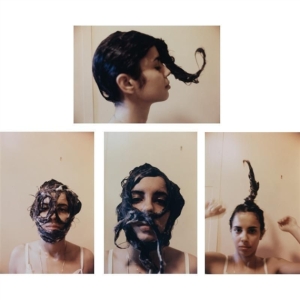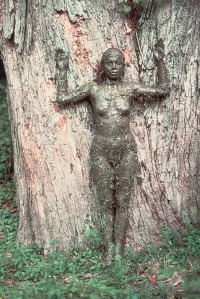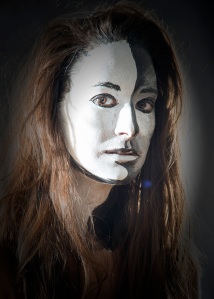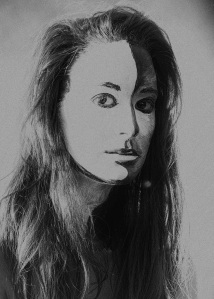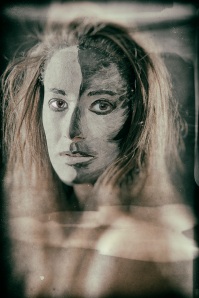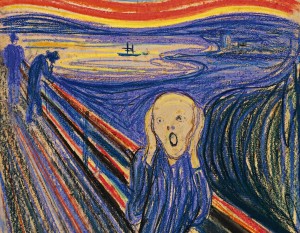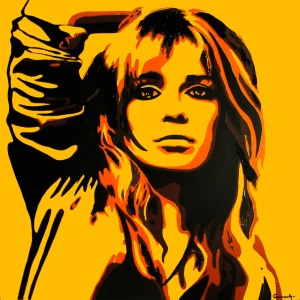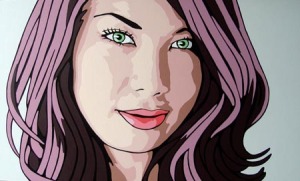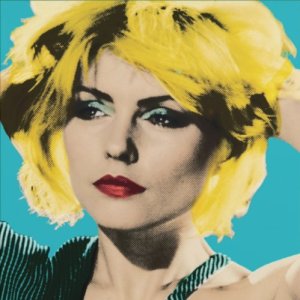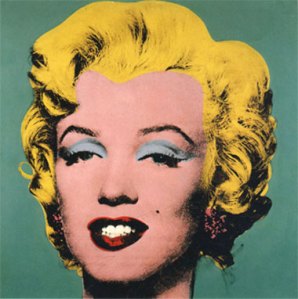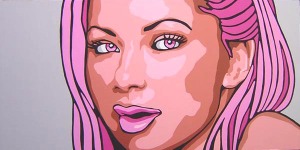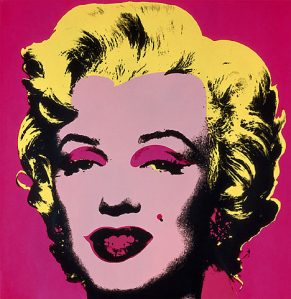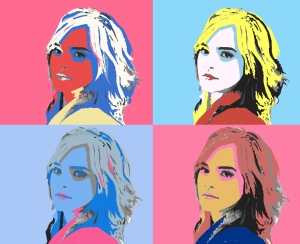As one of the most important painters of the twentieth century and one of the very few British artists with a strong international reputation. He was a maverick who rejected the dominant practice of the time, abstraction, in favour of a distinctive and disturbing realism.
He endured a peripatetic childhood as his family moved frequently between England and Ireland. The frequent upheavals he experienced as a result of this were to induce in Bacon a sense of displacement which is often referenced in his work.
Interesting in that I find his work relevant to me, and that I can relate to the overt, and contextual horror implicit in his work… It might be because I have “endured” a peripatetic life? eg.. I lived in 5 countries, and went to 8 schools before the age of 15. I was bundled off to boarding school at eight, and endured that horror for all of my schooling. My working life was the epitome of peripatetic…
PORTRAIT OF ISABEL RAWSTHORNE, 1966:
Isabel Rawsthorne (1912–1992) was a strikingly beautiful model and muse to several great twentieth-century artists including, Giacometti, Derain, Epstein and Picasso. She had a profound and lasting effect on the sculptor Giacometti with whom she lived briefly in Paris and was described by Giacometti’s biographer, James Lord, as “tall, lithe, superbly proportioned” and “moved with the agility of a feline predator. Something exotic, suggesting obscure origins, was visible in her full mouth, high cheek-bones, and heavy-lidded, slanting eyes, from which shone forth a gaze of exceptional, though remote, intensity.” She made an extraordinary impression on people. The artist Edouardo Paolozzi remembers her entering a restaurant in the 1940s and transfixing the diners with her beauty. Hers was one of the faces Bacon was to paint repeatedly.
During the 1960s Bacon focused increasingly on portraits, especially those of his close friends. The portraits are deliberately not a ‘true’ likeness.
Some have seen these portraits as a way to rework a traditional genre, to reinvent the portrait in a post-photographic age and to use the human face to say something about the human condition.

TRIPTYCH – AUGUST 1972:
Bacon formed a series of homosexual relationships from his teens onwards and frequently painted his friends and lovers. The eight room of this exhibition is dedicated to George Dyer, with whom Bacon had a relationship for nearly a decade. Bacon claimed that they first met when Dyer tried to burgle his flat in 1963. Dyer, who had spent stretches in borstal and prison, became Bacon’s lover, constant companion and his most frequent model. Dyer, who was from London’s East End, was never at ease in Bacon’s bohemian set of friends. Their stormy relationship was to end tragically in 1971 when, on the eve of Bacon’s major retrospective at the Grand Palais in Paris, Dyer committed suicide by overdosing on barbiturates in the hotel room they were sharing.
From this time onwards Bacon used the large-scale triptych (three-part painting) for his major works. The format is traditionally associated with religious subjects, but here Bacon reworks it to give gravitas to the images of Dyer. As well as his own memory, and invention, he often also used photographs. In particular he admired the work of the nineteeth-century photographer Eadweard Muybridge whose works follow a figure through a sequence of movements, such as running or walking down a staircase, taken on a series of consecutive camera frames. Bacon also admired the Vogue photographer John Deakin whom he commissioned to photograph his circle of friends. Bacon used photographs of Dyer, taken by John Deakin for this work. The discovery of lists of subjects and preparatory drawings challenge the assertion that Bacon’s art was spontaneous. This revelation resonates with Edgar Degas’ admission that ‘no art is less spontaneous than mine’; he took inordinate pains to make his paintings appear easily achieved – reworking and rubbing out to make them look the work of a moment.
My observation is that we have a tortured soul, deeply effected by loss and grief creating a series of images expressing those deep emotions. The apparent influence of photography, and the reinvention of the portrait in response to the photograph is very important.
I, in this project, am trying to reverse that process, and move photography towards painting, rather than painting away from photography…

SECOND VERSION OF TRIPTYCH 1944, 1988:
Bacon’s work is not about beauty as most people would understand the concept. It is raw, disturbing, and often very difficult to look at, particularly in his portrayal of people and the human condition. Asked about the explicit violence of his work he replied “Well, of course, we are meat, we are potential carcasses.”




















































































